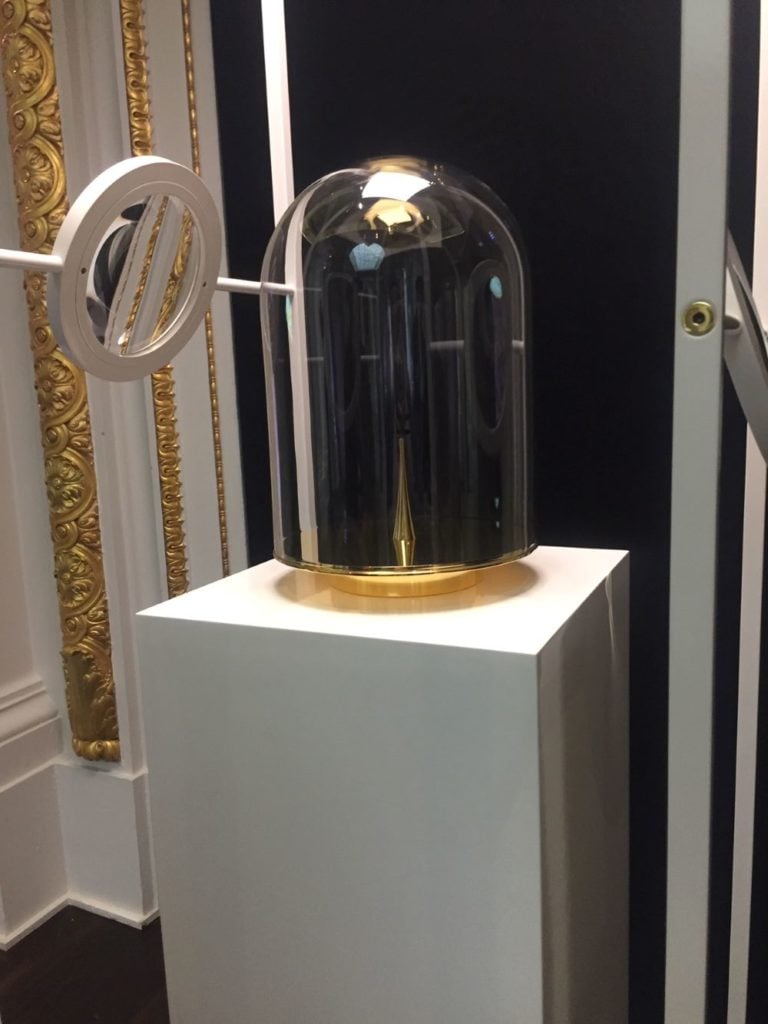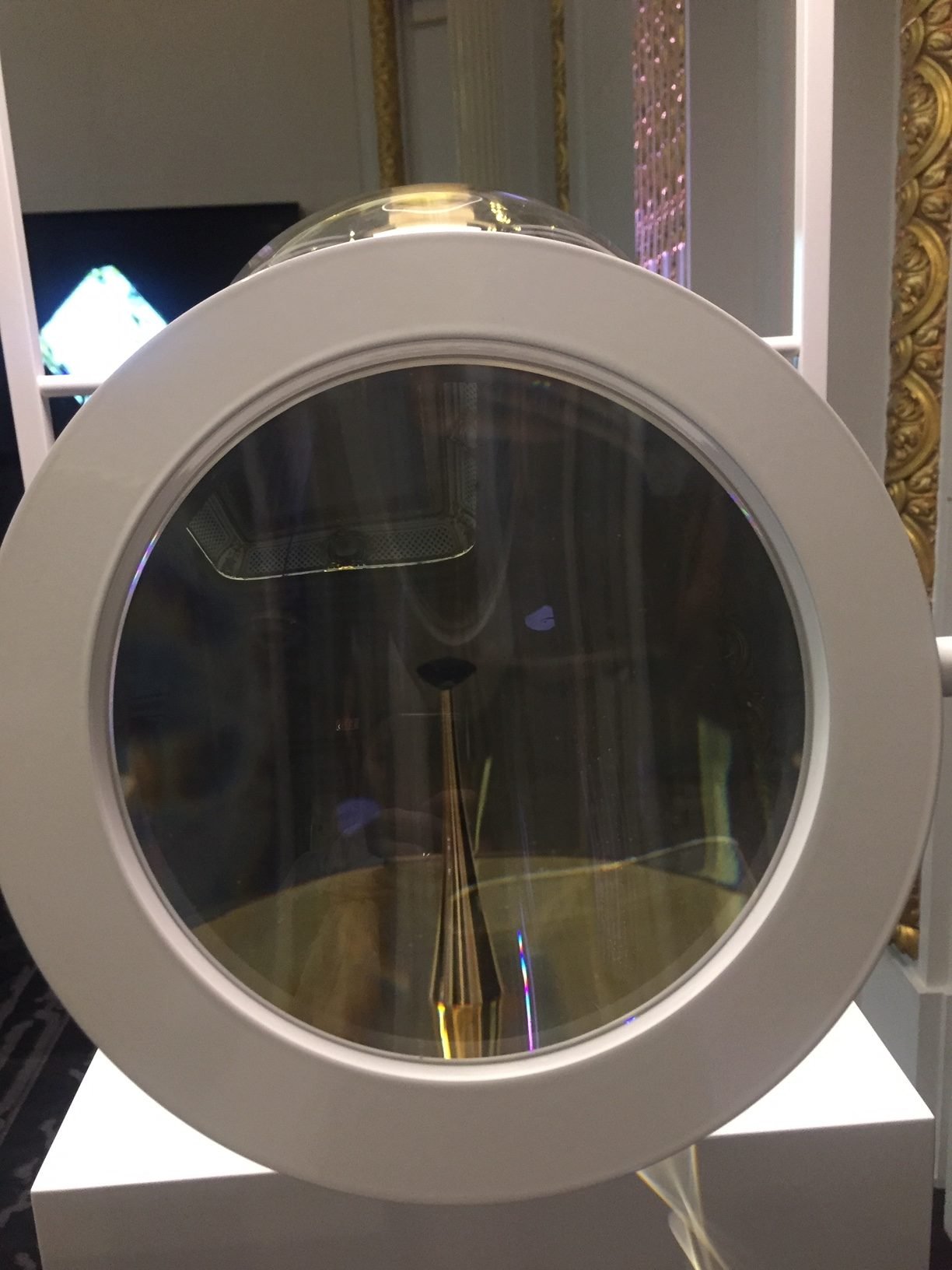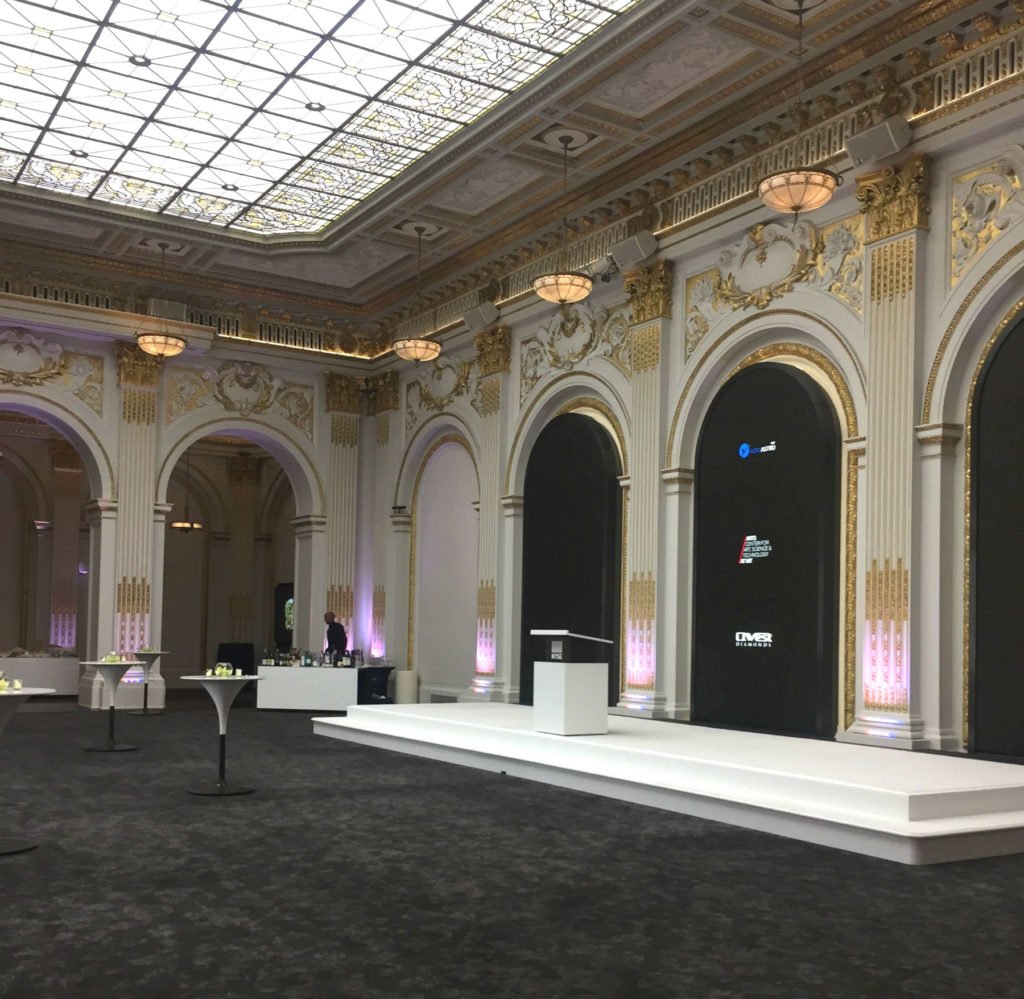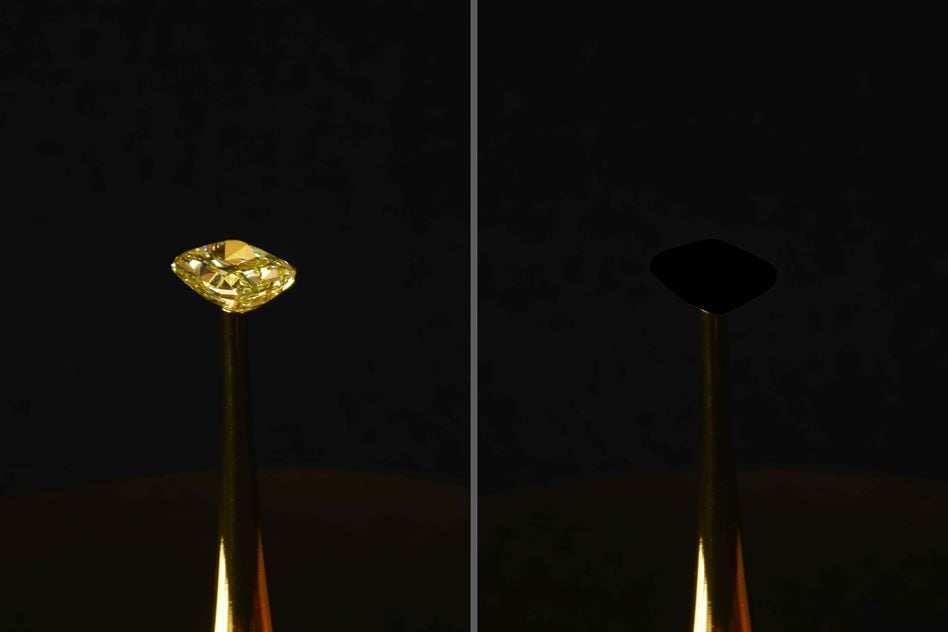Darkest material on Earth creates a 'schism in space' for Winter Olympics
By Temujin Doran and Katy Scott, CNN
Updated 7:31 AM ET, Mon February 12, 2018
Story highlights
Vantablack absorbs 99.96% of the light that hits its surface
The makers say they have been inundated with requests to use the material
A derivative has been used on a building unveiled at Winter Olympics
(CNN)A building described as the "darkest on Earth" has been unveiled at the Pyeongchang Winter Olympics, in South Korea.
It's the work of British architect Asif Khan, who achieved the super-black effect by coating the building in a revolutionary material that absorbs 99% of light.
The Hyundai Pavilion, which Khan describes as a "schism in space," has four curved walls, each of which is studded with thousands of tiny lights -- like stars against the night sky.
"It will be like you're looking into the depths of space itself," said Khan, ahead of the Games. "As you approach the building that star field will grow to fill your entire field of view, and then you'll enter as though you're being absorbed into a cloud of blackness."
Juxtaposed against the pristine whiteness of the Olympic Winter Games, Khan hopes his building will provoke a philosophical experience by presenting visitors with a "void of infinite depth and possibility."
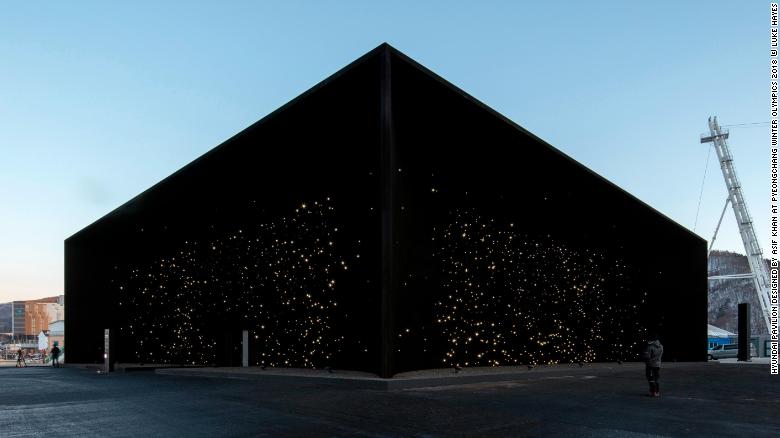
The building's exterior is covered with a substance called Vantablack VBx2, a derivative of nanomaterial Vantablack. Touted as the darkest man-made substance in the world, the original Vantablack is so black the human eye can't quite decipher what it is seeing.
It is said to be the closest thing to a black hole we will ever experience.
That's because Vantablack is not a color, it's the almost complete absence of color.
Since the material was first developed by Surrey NanoSystems three years ago, the British firm has been flooded with inquiries from designers, architects and aerospace engineers -- and even people who want to wrap themselves in it or eat it.
Part of the appeal of the original Vantablack is that it absorbs 99.96% of the light that hits its surface.
"When you have no light reflected back to the viewer, you see nothing, so your brain paints it as black," Ben Jensen, co-founder of Surrey NanoSystems tells CNN.
When used as a coating, Vantablack appears to change the dimensions of an object, rendering 3D objects completely flat.
It's this absence of color, light and depth that first drew Khan to Vantablack.
"To break the fundamental rules of perception, as this material does, turns 3D things into 2D things, it absorbs light instead of reflecting light, it's as powerful as switching off gravity. That's the possibility of it in architecture," said Khan.
Breaking down Vantablack -- can I eat it?
One square centimeter of Vantablack consists of about one billion carbon nanotubes spaced perfectly apart. When light comes in it is bounced around and ultimately trapped and converted to heat.
"Carbon nanotubes are like very, very long blades of grass," explains Jensen. "Now you imagine if you were a human walking around in grass 1,000 feet tall how little light would get down to you. It's like that but on a very tiny scale."
The nanotubes are "grown" under powerful lamps that bring the surface temperature to 430 degrees Celsius or higher.
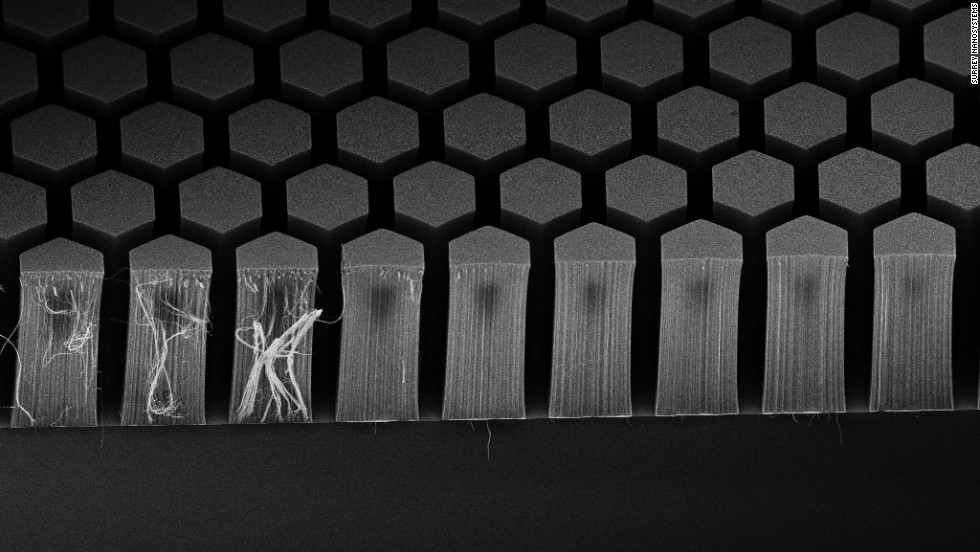
Each carbon nanotube measures roughly one millionth of a millimeter.
The spray-applied version used by Khan isn't based on carbon nanotubes and absorbs 99% of the light that hits its surface.
Vantablack was originally designed for engineering in space, but, since launching in 2014, Jensen has been inundated with requests to use the material.
"The inquiries built like an avalanche... everything from superstars wanting to coat their guitars in it to people wanting to coat their cars in it," he says.
The strangest request Jensen received was from someone wanting to film themselves eating it and then post the video on YouTube. "Obviously that's not a really good idea," Jensen says.
Nor is crafting a little (Vanta)black dress, as the material would irritate your skin, and you'd look like shapeless piece of cardboard.
But the material has been used in a $95,000 limited-edition watch by Swiss watchmaker MCT. Set against a Vantablack background, the elements of the watch seem to be floating in a bottomless void.
The nanotubes are "grown" at temperatures of 430 degrees Celsius or higher.

Photos: Vantablack: The world's darkest material
The world's darkest material – Vantablack has been used in various aesthetic applications including this luxury watch by Manufacture Contemporaine du Temps (MCT) in Switzerland.
Blacking out light in space
A company in Sweden is using Vantablack to coat the inside of an optical telescope, which will be attached to a microsatellite. The coating will block stray light from the sun and city lights.
"We would like to make sure that the light that comes from the telescope comes from the atmosphere and not from any disturbing sources," says engineer Arvid Hammer of Omnisys Instruments.
By doing so, scientific researchers can get clearer pictures of the atmosphere and better data to improve current climate models, he explains. This can help make better weather and global warming predictions.

Vantablack coated baffle for tracking stars.
Despite this range of applications, Jensen is keen to stress Vantablack cannot simply be "painted" on just anything.
"There's this misconception out there that it's a black paint. It's not," says Jensen. "It's something that's grown through very complex means ... definitely not something you can paint out of a bucket."
Clarification: This story has been updated to better clarify the type of materials architect Asif Khan is using in his designs.


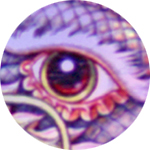




 Reply With Quote
Reply With Quote








:format(webp):no_upscale()/cdn.vox-cdn.com/uploads/chorus_asset/file/16184368/4__set_plot_final.jpg)
:format(webp):no_upscale()/cdn.vox-cdn.com/uploads/chorus_asset/file/16184397/set_5.jpg)
:format(webp):no_upscale()/cdn.vox-cdn.com/uploads/chorus_asset/file/16184390/2_vantablack_monolith_painting_in_progress.jpg)
/cdn.vox-cdn.com/uploads/chorus_asset/file/16184666/ezgif_5_d8b026558136.gif)
